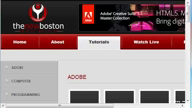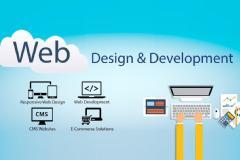A web design course teaches the skills needed to create and design websites. These courses typically cover both the technical and creative aspects of web design, helping you understand the structure, layout, and user experience of websites. Here's an outline of what a web design course might cover:
1. Introduction to Web Design
- What is Web Design?: Understanding the role of a web designer.
- Types of Websites: Static websites, dynamic websites, e-commerce sites, portfolios, etc.
- Web Design vs Web Development: Understanding the difference between design (aesthetic) and development (technical coding).
2. HTML (HyperText Markup Language)
- What is HTML?: Basic structure of a webpage.
- HTML Elements: Tags like,
- Creating Pages: Building simple webpages with text, images, and links.
- Lists, Tables, and Forms: Creating navigation, forms, and displaying data.
3. CSS (Cascading Style Sheets)
- What is CSS?: Styling the layout and appearance of a webpage.
- Selectors, Properties, and Values: Applying styles to HTML elements.
- Positioning: Using margin, padding, and position properties for layout control.
- Responsive Design: Making websites look good on all devices (mobile, tablet, desktop).
- CSS Flexbox and Grid: Modern layout techniques to design flexible and grid-based structures.








